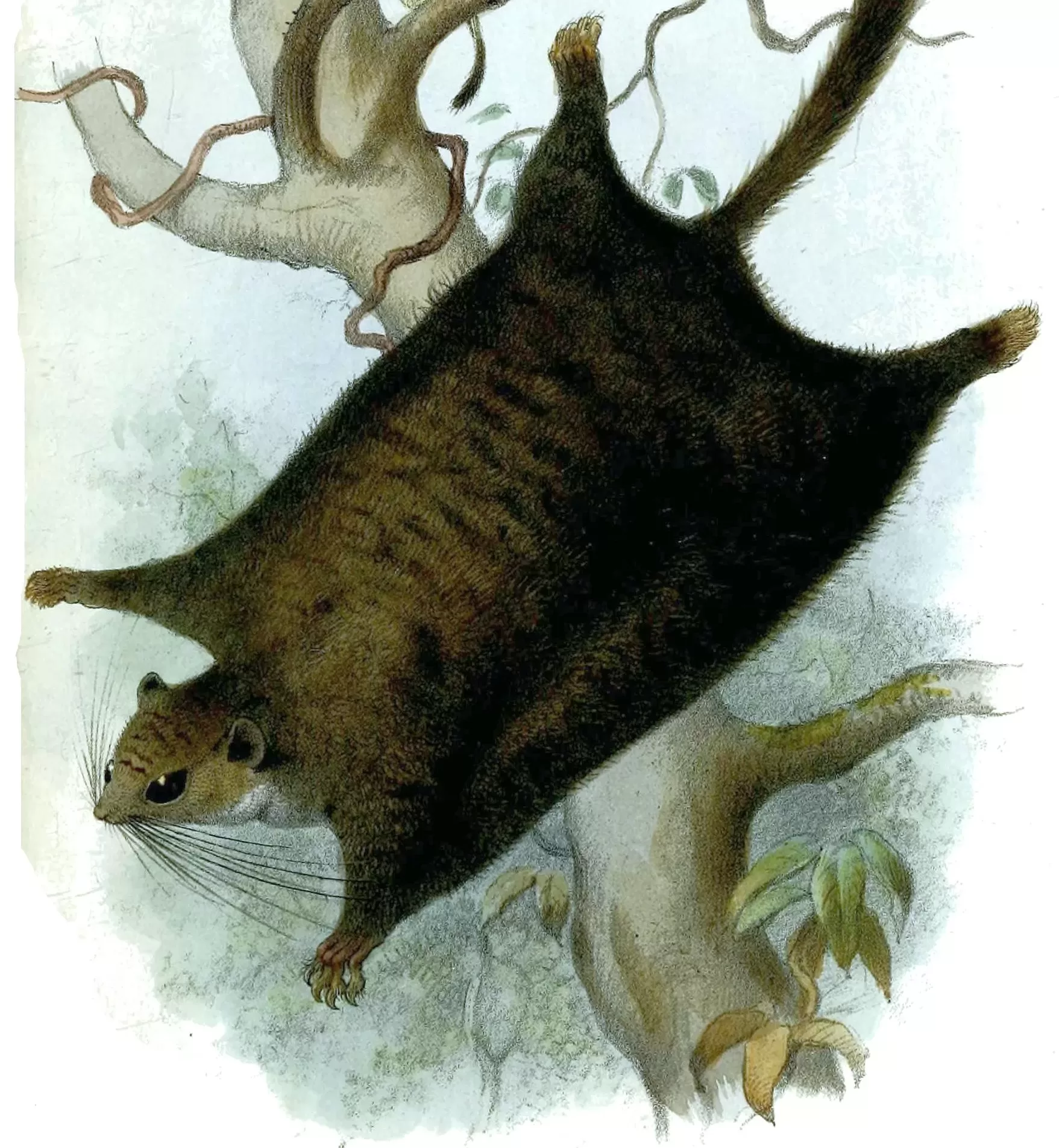At RARElab, our mission is to shed light on the often-overlooked corners of the natural world. We focus on researching and conserving three critical groups of species: the lost, the rare, and the understudied. In our previous post, we explored the complexities of declaring species extinct and introduced the concept of lost species. Today, we’ll delve deeper into the significance of these potentially elusive species and expand our focus to include rare and understudied species, explaining why these groups are at the heart of our work.
When we talk about “lost” species at RARElab, we’re referring to organisms that haven’t been seen in decades or half a century or more, yet aren’t officially declared extinct. Our “rare” category encompasses species that are endangered or have naturally small populations. “Understudied” species include those classified as data deficient by the IUCN, as well as other poorly known organisms that lack sufficient research attention.
The State of Terrestrial Vertebrates
Recent studies paint a concerning picture of global biodiversity. An estimated 18% to 31% of terrestrial vertebrates face extinction threats, with birds having the lowest threat level at approximately 12%. Alarmingly, nearly half of all amphibians may be at risk of extinction1. The major threats driving these species towards extinction include habitat loss, climate change, pollution, invasive species, and overexploitation.
The extent of these threats is particularly worrying. Nearly a quarter of terrestrial vertebrates assessed by the IUCN face threats across most of their range, while seven percent are threatened throughout their entire habitat2. Several regions have emerged as hotspots of concern, including the Himalayas, Southeast Asia, Australia, Madagascar, the Albertine Rift and East Arc Mountains in Eastern Africa, the Guinean forests of West Africa, and much of South and Central America3.
The Challenge of Data Deficiency
Many of the species RARElab focuses on fall into the IUCN’s “data-deficient” category, which presents unique challenges. Data-deficient species lack adequate information for proper extinction risk assessment. While some data-deficient species may be well-studied biologically, many remain largely unknown. In fact, many of these species are known only from a few specimens or even a single specimen, severely limiting our understanding of their biology and ecology.


The scale of the problem is significant. The IUCN lists 3284 data-deficient terrestrial vertebrates. Given that the IUCN has 91.4% coverage of known terrestrial vertebrates, this leaves 3300 species that are not assessed by the IUCN1. Recent research suggests as many as half of all data-defecient species are threatened with extinction4. This challenge is compounded by the ongoing discovery of new species, further increasing the pool of understudied organisms. This suggests that the number of lost and data-deficient taxa is likely to be much higher.
Geographical Disparities
The distribution of lost, endangered, and understudied species reveals a stark global imbalance. These species are predominantly concentrated in the tropics and global south, regions that often lack the research infrastructure found in the global north. This disparity creates significant challenges in accessing and studying these species due to geographical, political, and economic factors. At RARElab, we’re committed to bridging this gap and focusing our efforts where they’re needed most.
Our work at RARElab is crucial for several reasons. First, by studying lost, rare, and understudied species, we fill important gaps in our understanding of Earth’s biodiversity. Even rare species can play vital roles in their ecosystems, and understanding these roles is essential for effective conservation. By focusing on these overlooked species, we gain invaluable insights into ecosystem dynamics, species interactions, and the intricate balance of nature. This knowledge is fundamental to developing comprehensive conservation strategies that protect not just individual species, but entire ecosystems.
By better understanding these species, we can develop more effective conservation strategies and priorities. Each of these elusive organisms has a unique story to tell and a role to play in the intricate web of life.
We believe that every species, no matter how elusive or poorly known, deserves our attention and protection. Our focus on lost, rare, and understudied species allows us to contribute vital knowledge to the scientific community and inform conservation efforts worldwide. While the challenges of studying these organisms are significant, their importance cannot be overstated.
As we continue our work, exploring the hidden corners of our planet’s ecosystems, we’re constantly reminded of the rich biodiversity that still awaits discovery and understanding. Through our research and conservation efforts, RARElab aims to ensure that these overlooked species receive the attention they deserve, contributing to a more complete picture of life on Earth and paving the way for more effective, targeted conservation strategies.
Check out how you can support our cause to research and protect lost, rare, and understudied species.
References and further reading
- IUCN. (2024). The IUCN Red List of Threatened Species. Version 2024-1. https://www.iucnredlist.org/en.
- Allan, J. R., J. E. M. Watson, M. Di Marco, C. J. O’Bryan, H. P. Possingham, S. C. Atkinson, and O. Venter. 2019. Hotspots of human impact on threatened terrestrial vertebrates. PLOS Biology 17:e3000158.
- Harfoot, M. B. J., A. Johnston, A. Balmford, N. D. Burgess, S. H. M. Butchart, M. P. Dias, C. Hazin, C. Hilton-Taylor, M. Hoffmann, N. J. B. Isaac, L. L. Iversen, C. L. Outhwaite, P. Visconti, and J. Geldmann. 2021. Using the IUCN Red List to map threats to terrestrial vertebrates at global scale. Nature Ecology & Evolution 5:1510–1519.
- Borgelt, J., M. Dorber, M. A. Høiberg, and F. Verones. 2022. More than half of data deficient species predicted to be threatened by extinction. Communications Biology 5:1–9.

